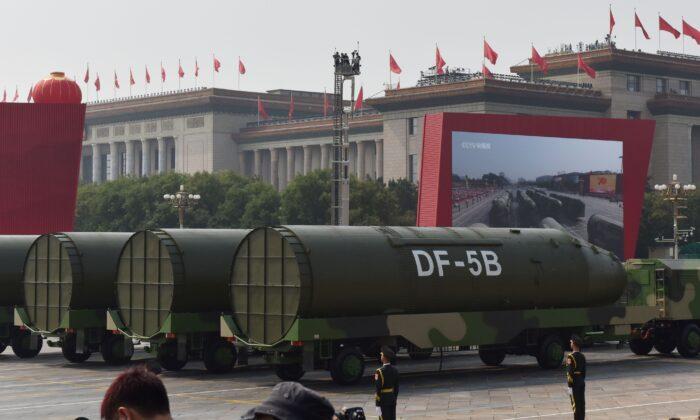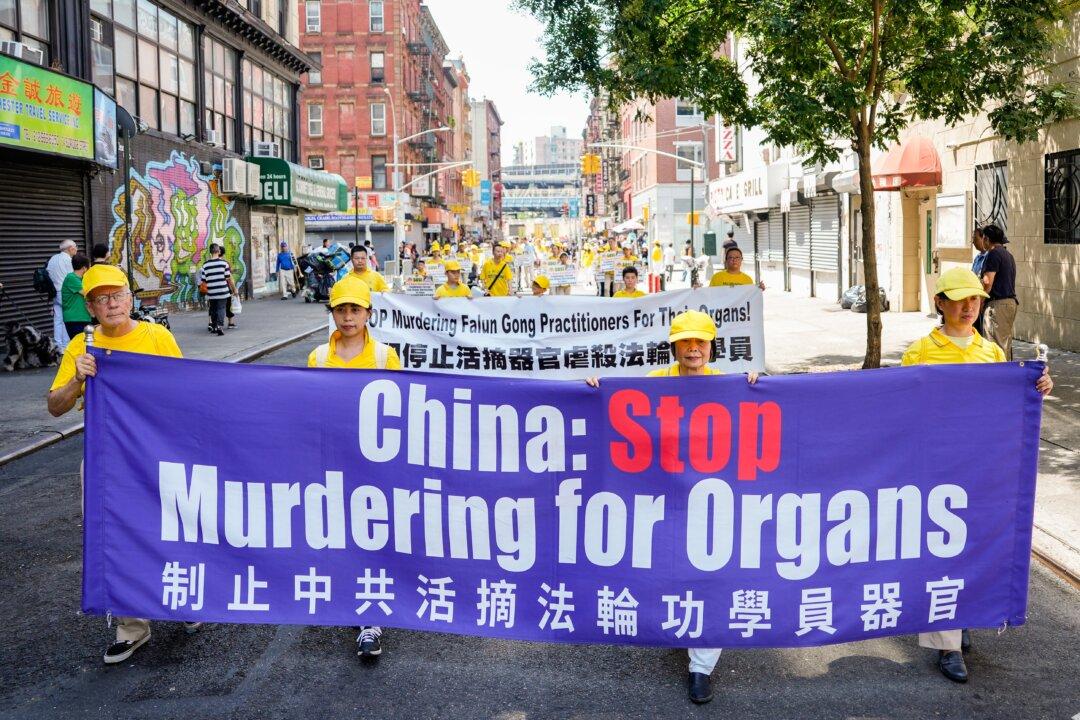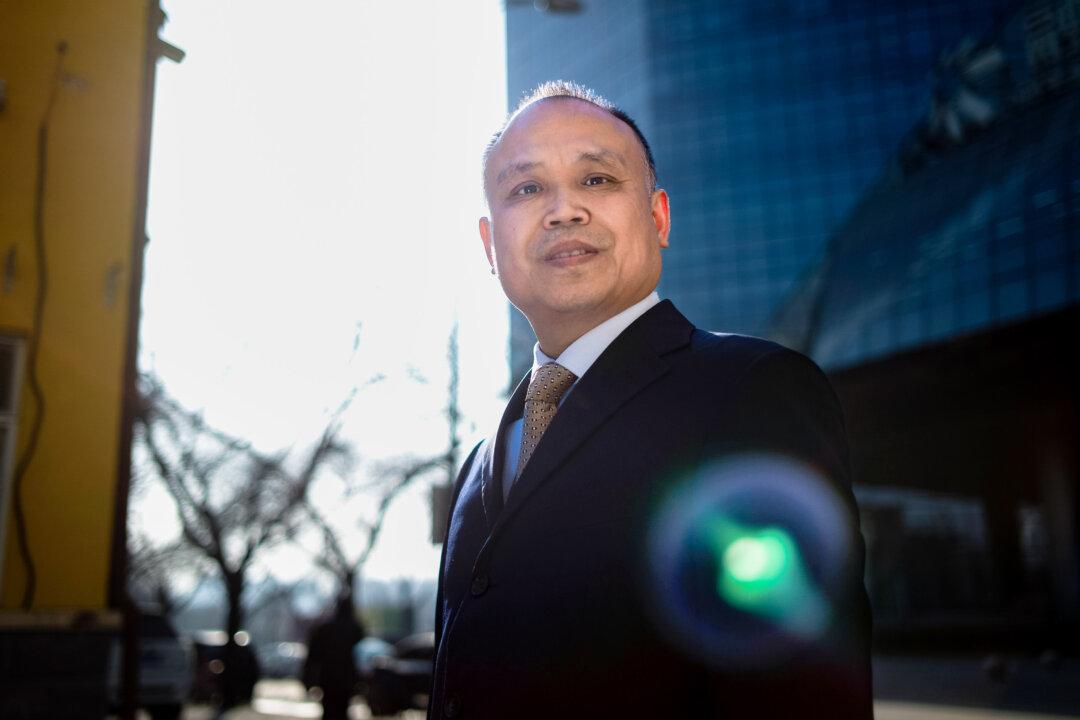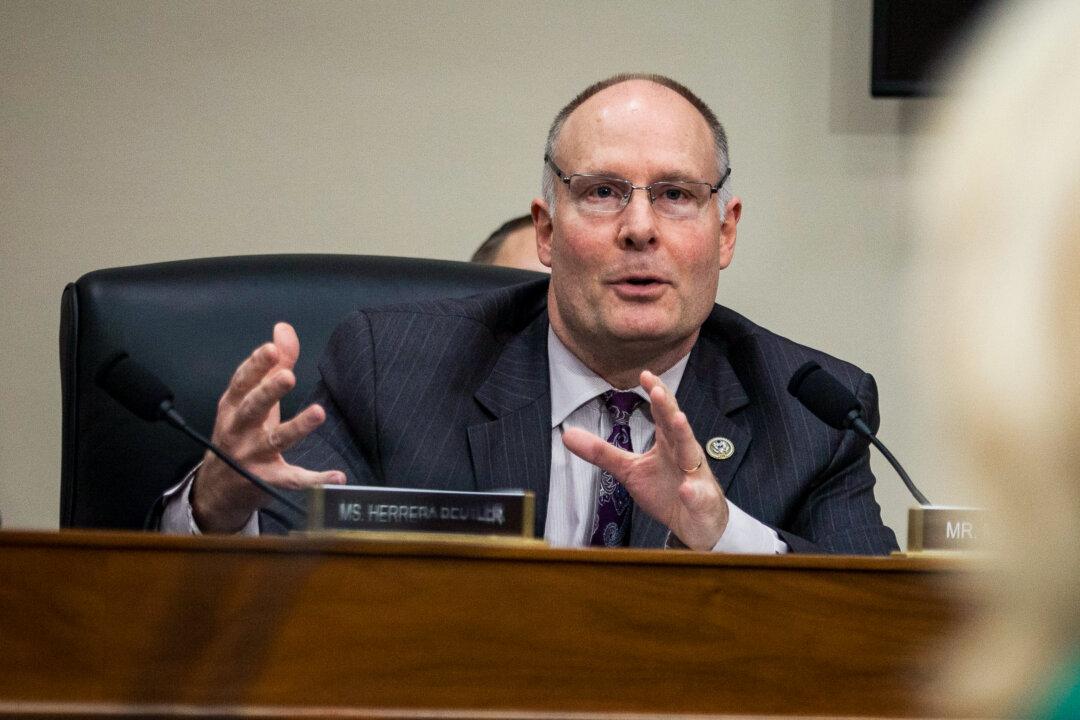The commander of the U.S. Strategic Command, which oversees the country’s nuclear arsenal, has given a dire warning about China’s rapidly increasing military capability.
“We are witnessing a strategic breakout by China. The explosive growth and modernization of its nuclear and conventional forces can only be what I describe as breathtaking,” Adm. Charles Richard said on Aug. 12. “Business as usual will not work.
“Make no mistake; China’s strategic breakout is cause for action.”
He cautioned against simply judging Beijing’s capability based on the difference in nuclear stockpile size between China and the United States. It also doesn’t matter why the Chinese regime is modernizing its forces, he added.
“What matters is they are building the capability to execute any plausible nuclear employment strategy, the last brick in the wall of a military capable of coercion,” Richard said.
Some of China’s growing nuclear and missile capacity includes intermediate-range ballistic missiles, road-mobile intercontinental ballistic missiles (ICBM), and submarine-launched nuclear ballistic missiles, according to Richard. Additionally, he also warned about China’s hypersonic missiles, and how the current U.S. defense system “may not be sufficient to detect and track them.”
“In 2019, the PRC [People’s Republic of China] test-launched more ballistic missiles than the rest of the world combined,” he said.
“China has an active nuclear weapons testing program,” Richard said, pointing to a new tunnel being built at China’s nuclear testing site known as Lop Nur, which is in southern Xinjiang.
“You add all this up and what you get is something that is inconsistent with a minimum deterrence posture,” Richard said, referring to China’s decades-old public stance on keeping its nuclear stockpile to the minimum level necessary to deter nuclear threats.
Fu Cong, director-general of the Department of Arms Control at China’s Ministry of Foreign Affairs, repeated the regime’s claims about its commitment to “minimum deterrence” during the annual EU Non-Proliferation and Disarmament Conference last November.
However, the CCP’s actions “have long belied a posture more aggressive than their official policy,” Richard said.
“You’ve got to look at what they do, not what they say,” he said. “The breathtaking growth in strategic nuclear capability enables China to change their posture and their strategy.”
On Aug. 7, a day after Blinken expressed his concerns, Hu Xijin, editor-in-chief of China’s hawkish state-run media Global Times, wrote that Beijing’s minimum deterrence was “now different from the past” because of what he perceived “strategic threat” from the United States.
“The stronger China’s nuclear forces are, the more it is guaranteed that the U.S. will not do something silly,” Hu wrote.
Now, the United States faces an unprecedented challenge posed by Russia and China, Richard said.
“For the first time in our nation’s history, we are facing two peer nuclear-capable potential adversaries at the same time, who have to be deterred differently,” he said, adding that the two nations “wish to change the world order.”
To deter the threats posed by Russia and China, Richard said the United States must continue to modernize its nuclear force, bolster its missile defense system, and put effort into developing advanced weapons such as high-energy lasers.
“Our current and planned terrestrial-based radar architecture limits our capability to fully achieve early warning,” he said.
“We need a 21st-century warning or we’re going to have to go put our forces in a different posture to account for our lack of warning.”






Friends Read Free